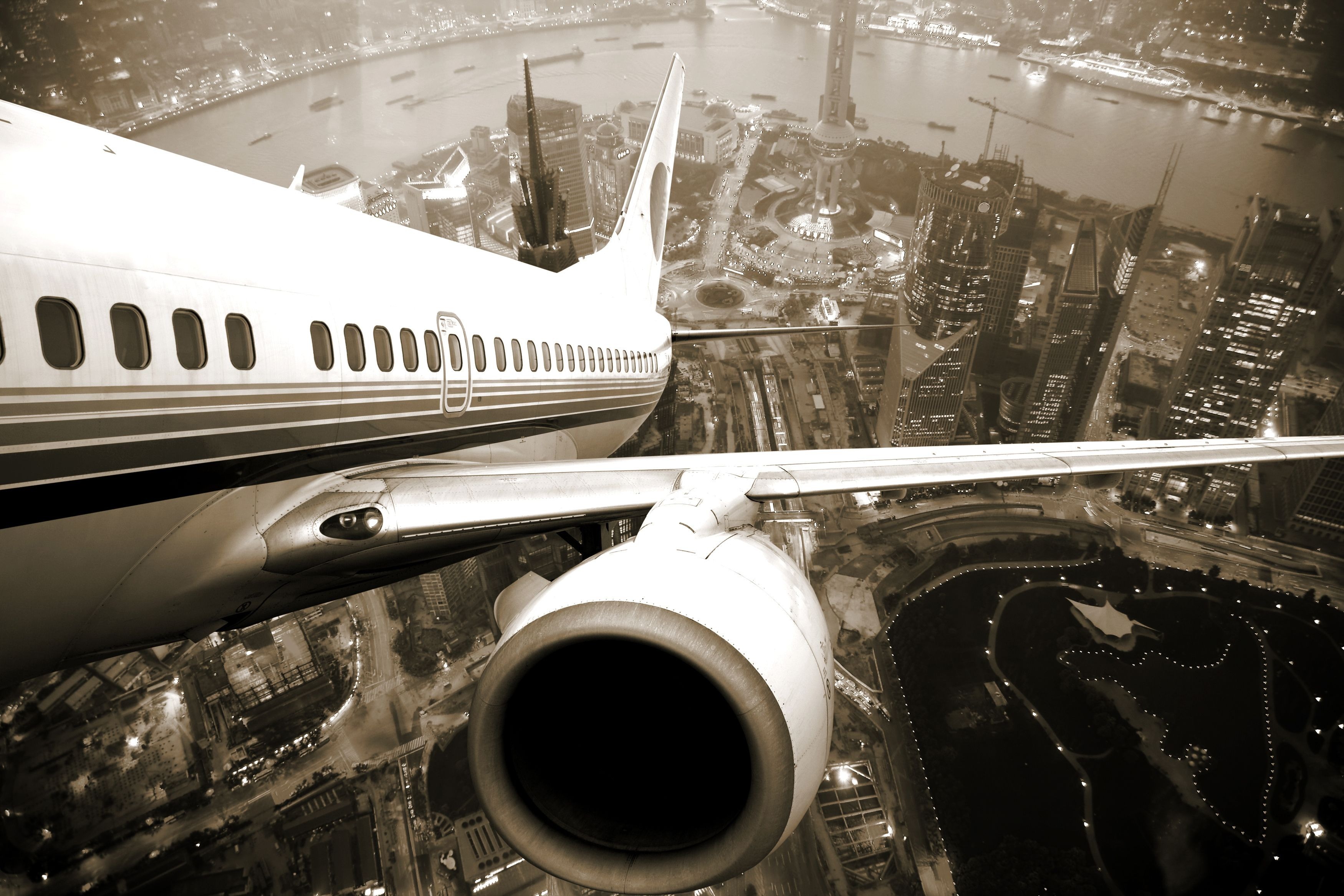Flying makes some of us enthusiastic, some anxious or impatient. Take your mind above the clouds and give yourself a few fun facts to think about. Have a safe flight!
Food tastes different on an airplane.
Before taking off, the atmosphere inside a plane is drying out our noses. As the plane gains altitude, the air pressure numbs about a third of our taste buds. For this reason, a lot of people order Bloody Mary when flying. Tomato juice becomes less acidic at high altitude. It is also why many airlines add heavy amounts of salt and spices to dishes.
The white trails that planes leave in the sky can be used to predict weather.
These trails are made of gasified water. If the trail is thin and shorter-lasting, it means humidity is low, which means fair weather. If the trail is thick and longer-lasting, it can signify that a storm will come.
Pilots and co-pilots are usually eating different meals.
The pilot and co-pilot are eating different meals when flying, “just in case one of the meals might cause food poisoning”. Usually the pilot gets the first class meal, while the co-pilot receives the business class one.
Tea tastes strange on aircraft. This happens because water boils at 90 C degrees due to the pressure. Normally, tea is made with water heated to 100 C degrees. But when flying, the boiling point of water is lowered around 90 C degrees, which means that the preparing process is not at its best. The rule applies to high mountains too.
How much radiation are passengers exposed to during a flight?
During flying, passengers are exposed to more ionising radiation than they would be exposed to on the ground. It is because when you’re flying between 7000 and 12,000 metres, the Earth’s atmosphere provides less protection from cosmic radiation. For example, during a 7 hours flight the passengers receive around the same dose of radiation as a chest X-ray.
The first women flight attendants in the 1930’s were required to weigh no more than 52 kilograms, be nurses and not be married.


